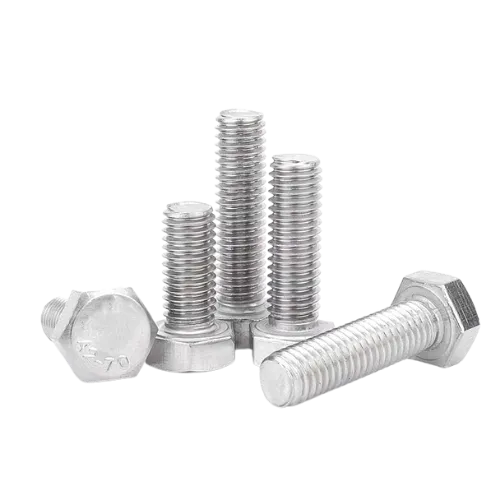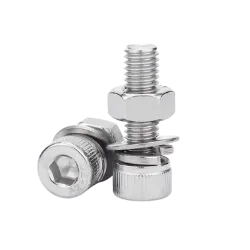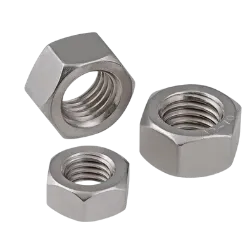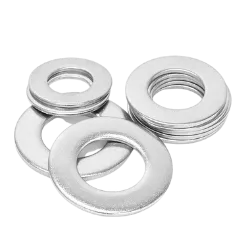Are Stainless Steel Screws Magnetic?
Stainless steel screws are usually magnetic, which is due to the manufacturing process and composition. After heat treatment and cold working, the crystal structure of stainless steel screws changes, resulting in the production of magnetism. The composition of stainless steel screws also has an effect on their magnetic properties.
I am an expert in stainless steel materials with more than 20 years of experience, and my main work is the application of stainless steel in various industries, as well as providing feasible technical support to customers for the requirements of different projects.
Especially in the petrochemical and solar photovoltaic mounting stainless steel fastener systems have unique research.
Next I will analyze why stainless steel screws with magnetic, and how to demagnetize, and demagnetization after the impact on the mechanical properties of stainless steel screws from several aspects.
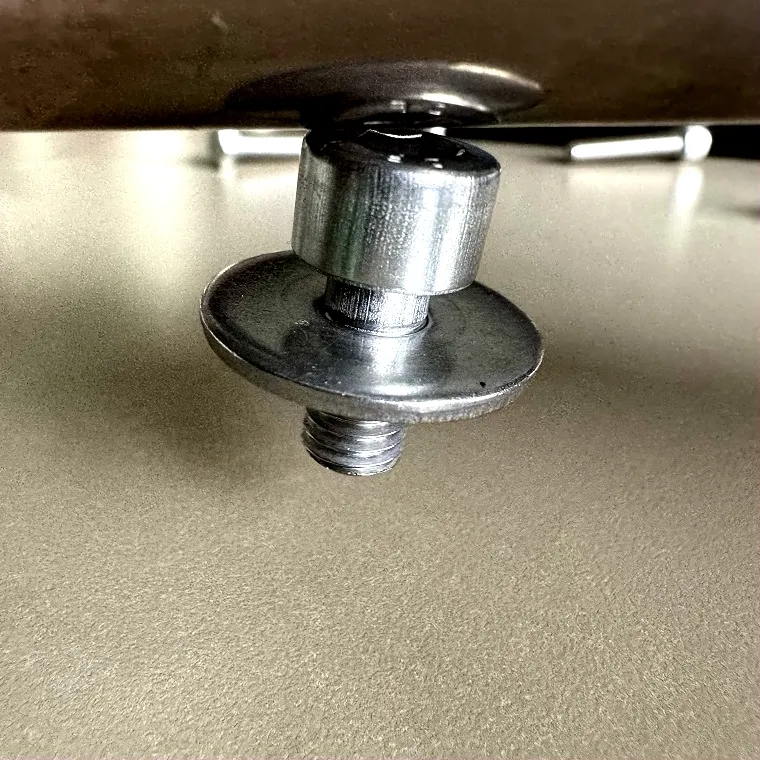
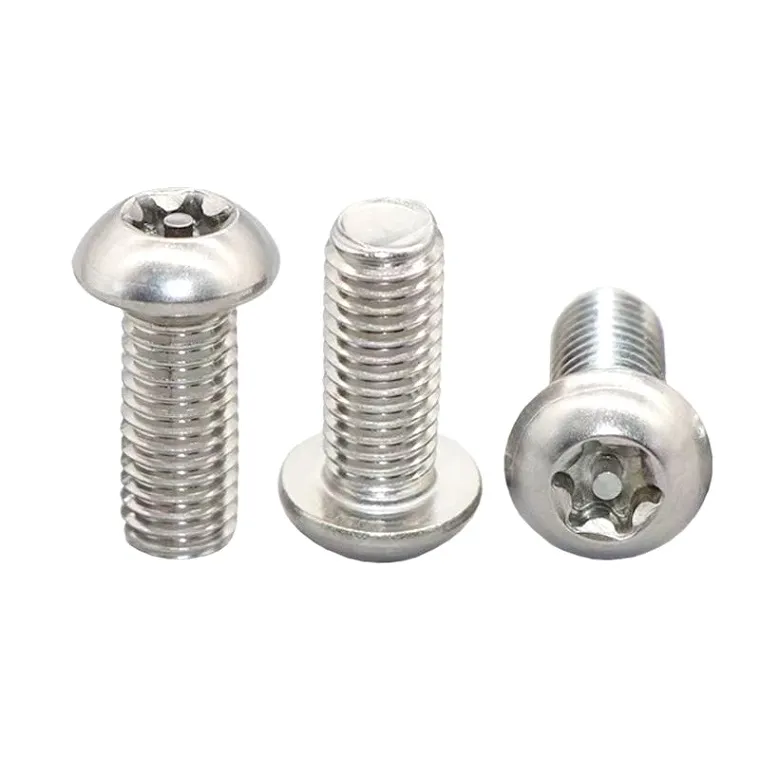
The Effect of The Composition of Stainless Steel Screws on Magnetic Properties
People often think that the magnet adsorption of stainless steel, to verify its strengths and weaknesses and authenticity, do not suck non-magnetic, that is good, the real thing; suckers have magnetic, it is considered to be fake imposters.
This is an extremely one-sided, not practical and wrong identification method. The reality of stainless steel is also has a certain magnetic, according to different grades of stainless steel materials with the magnetic properties are different.
Stainless steel screw magnetism is related to its composition. For example, 304 or 316 material stainless steel screws, the content of iron elements in about 70%, which will make them have a certain degree of magnetism.
Even if the stainless steel screws do not contain iron, they may also have a weak magnetism, which is due to the influence of other alloying elements.
Material types of stainless steel screws
Different grades of stainless steel materials, at room temperature according to the organizational structure can be divided into several categories:
Austenitic type: such as 304, 321, 316, 310 and so on
Martensitic or ferritic type: such as 430, 420, 410 and so on
Austenite is non-magnetic or weakly magnetic, martensite or ferrite is magnetic.
It is mentioned above that austenite is non-magnetic or weakly magnetic, while martensite or ferrite is magnetic, due to the smelting of compositional segregation or improper heat treatment, it will cause a small amount of martensite or ferrite organization in austenitic 304 stainless steel. In this way, 304 stainless steel will have a weak magnetic properties.
In the composition of austenitic stainless steel, there are many valuable alloy components, such as nickel, chromium and molybdenum. It is generally more expensive than martensitic stainless steel.
Austenitic stainless steel is used for a variety of reasons with magnetic, can not therefore indicate that the quality has changed, can be determined by analytical chemistry and metallographic examination.
As a professional stainless steel fastener manufacturer, how to determine the correct grade of stainless steel, we are using PMI (Positive Material identification) to detect.
We use PMI (Positive Material identification) to inspect and hang the material identification on the stainless steel raw materials, and then arrange them in different areas.
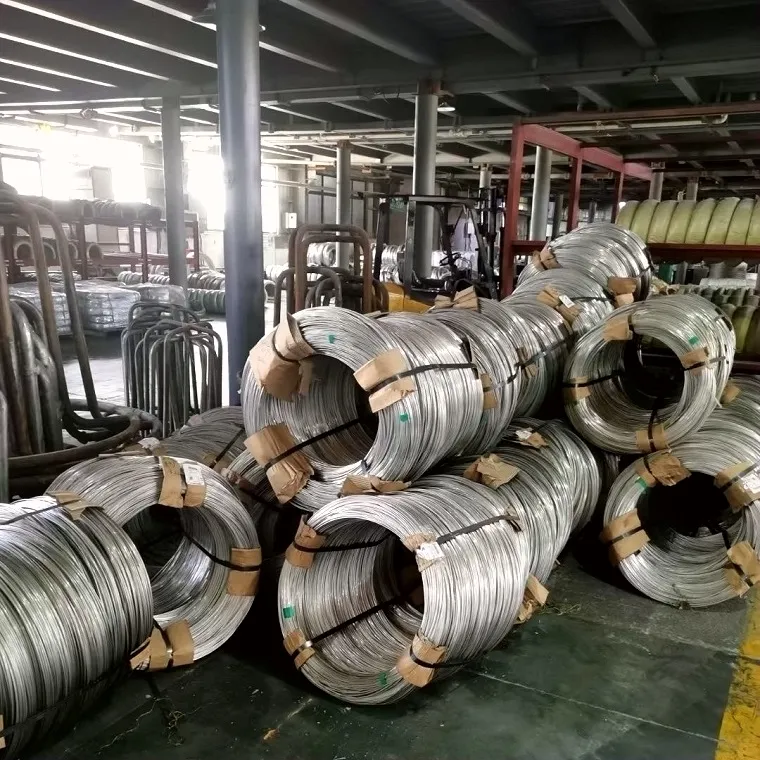
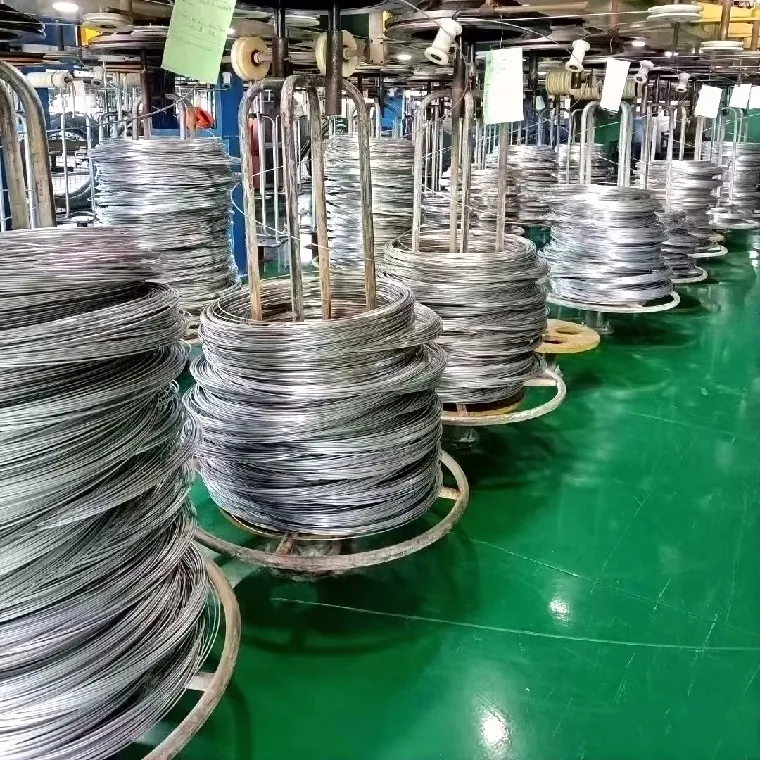
Stainless steel screw processing process produces magnetic
Stainless steel screws usually contain some alloying elements, such as chromium and nickel, which can enhance the hardness and corrosion resistance of the screws. However, these alloying elements can also affect the magnetism of the screws
During the manufacturing process, stainless steel screws are subjected to several heat treatments and cold working, and these treatments will change the crystal structure inside the screws, which will lead to the generation of magnetism.
Firstly, for manufacturers, they need to pay attention to the composition and manufacturing process of stainless steel screws to avoid unnecessary magnetism.
Secondly, for users, attention needs to be paid to avoid contacting stainless steel screws with magnetic objects such as magnets in the process of use, so as not to cause unnecessary trouble.
The specific material of stainless steel screws, the manufacturing process, and the working environment will affect its magnetism, for example, in the processing, stainless steel screws if subjected to excessive stretching or extrusion, may change the grain structure of the material, resulting in its magnetism becomes stronger.
In addition, stainless steel screws exposed to a strong magnetic field or high-temperature environment for a long time will also produce magnetism, these factors will lead to enhanced magnetism of stainless steel screws, which may be adsorbed on the magnet.
The magnetism of stainless steel screws is very weak and usually cannot be adsorbed by ordinary magnets, but under some specific conditions, such as electromagnets, permanent magnets, mechanical devices rotating at extremely high speeds, or subject to excessive stretching or extrusion and prolonged exposure to strong magnetic fields or high temperature environments, the magnetism of the stainless steel screws may be enhanced and adsorbed onto magnets.
It should be noted that in the actual application, the use of stainless steel material products need to be selected and used according to the specific circumstances to ensure that it fully meets the requirements of the stainless steel screws should usually avoid contact with strong magnetic fields, so as not to affect its magnetic properties and performance.
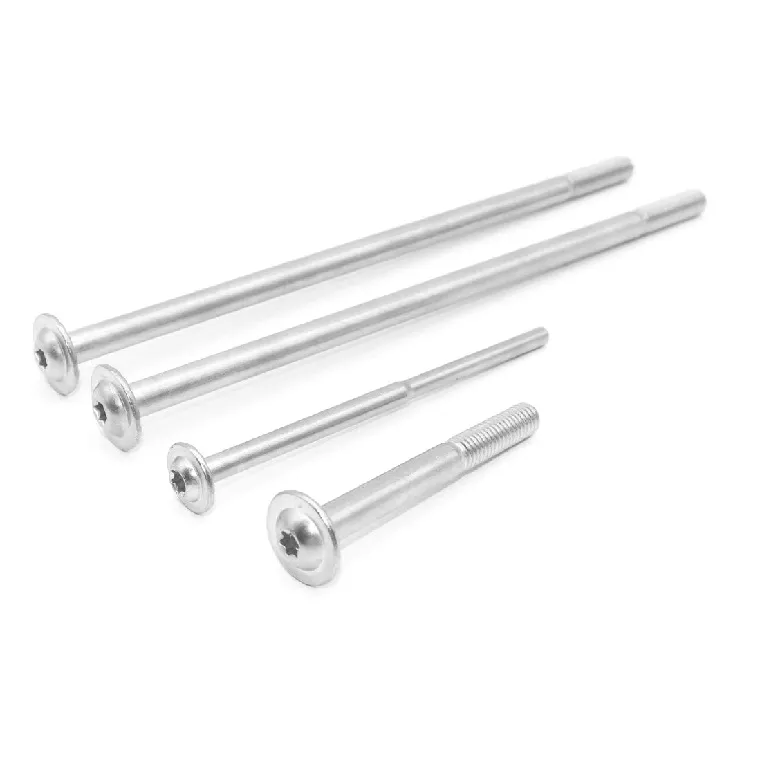
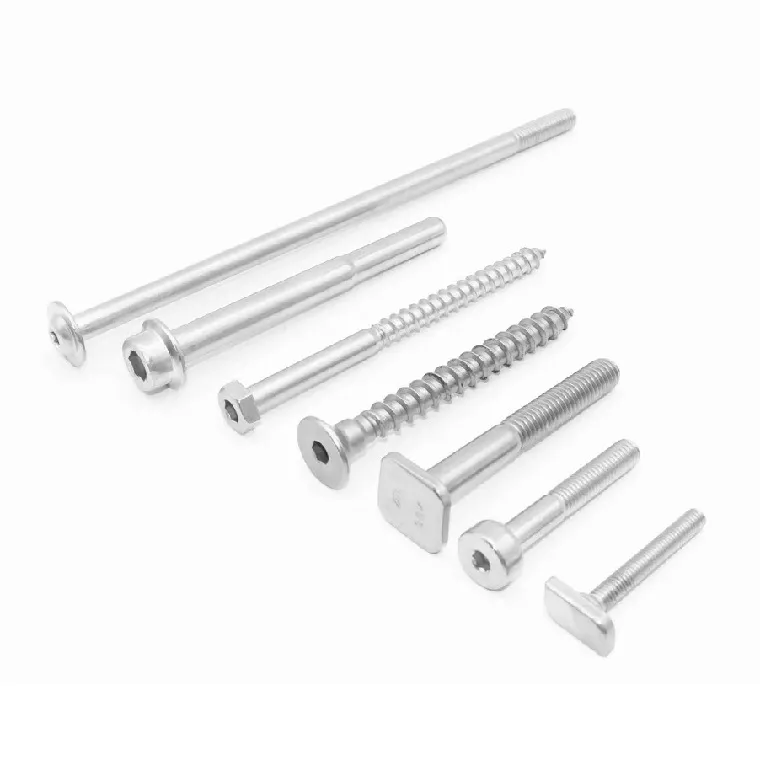
The effect of the magnitude of deformation on the magnetic properties of stainless steel screws
There is a situation is that in the process of processing the same material its material deformation is relatively small when then its magnetic relatively speaking will reflect some weak, deformation is relatively large when its magnetic in the deformation of that place it will be relatively large magnetic.
So the same 304 material we go to measure it screws when the magnetism will be greater than the magnetism of the stainless steel nut, this is because it is in the process, the deformation process led to changes in grain organization and some changes in stress concentration will lead to a certain degree of magnetism.
As previously mentioned about the stainless steel screw and nut magnetic problem, the screw’s magnetic compared to the nut in terms of cold working process it will become larger.
The same talk about the processing of large deformation, for example, such as the shape of the teeth above, self-tapping teeth its deformation is greater than the mechanical teeth, so usually self-tapping screws will be more magnetic than the mechanical teeth of some of the greater magnetism.
How to demagnetize stainless steel screws?
Some customers have the requirement of non-magnetic stainless steel screws, which are mainly used in specific places, such as aviation or precision instruments and other fields. The treatment of non-magnetic stainless steel screws can fully meet customer requirements.
High temperature solid solution demagnetization method
Heat the stainless steel screws to 1050 ℃, and then water quenching and radical cooling, so that the carbides in the screws produce carburization, thus eliminating magnetism.
Our company in high temperature solid solution demagnetization test, found that the tensile strength of 304 stainless steel screws from 700Mpa directly down to 350Mpa or so, and with the tensile testing machine test found that the screws are not easy to be pulled off, but to be elongated. But the magnetic completely disappeared.
It should be noted that taking this method of demagnetization will affect the mechanical properties of stainless steel screws, such as the strength decline, toughness becomes stronger. High magnetic requirements and tensile strength requirements are not high occasions, you can choose this method.
Electrode demagnetization method
It is to use a larger electromagnetic coil with alternating current to generate an alternating electromagnetic field, put the stainless steel screws into this magnetic field, and then gradually reduce the AC current in the coil to 0, so as to achieve the purpose of demagnetization.
This method requires professional demagnetization equipment, and the level of operation has high requirements, but it will not affect the original mechanical properties of the screw.
Plating technology
Non-magnetic materials can be coated on the surface of stainless steel screws, such as chrome plating, copper plating, silver plating, etc., to reduce the magnetism of the screws.
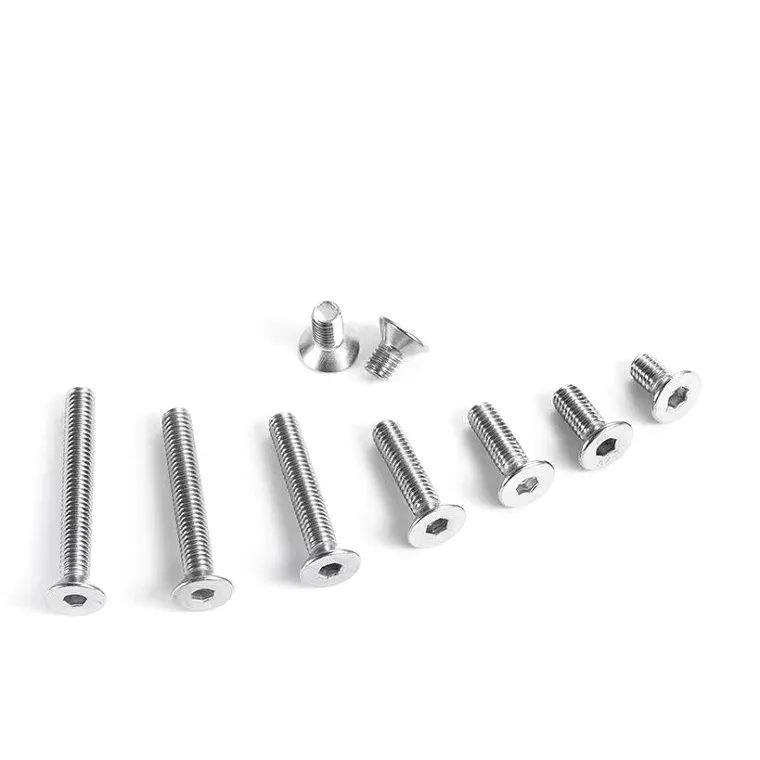
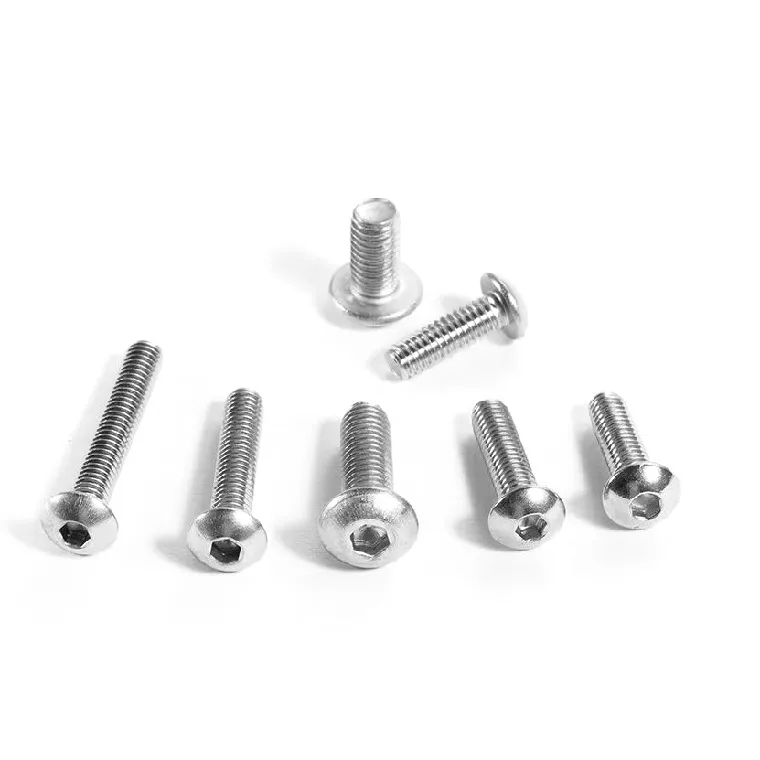
Summarize
In conclusion, although stainless steel is widely used because of its good corrosion resistance and strength, different kinds of stainless steel may affect its magnetic properties due to its composition, organizational structure and factors in manufacturing.
For stainless steel with magnetic situation, we should pay attention to the application process of its impact on the surrounding environment may produce, so as to avoid adverse consequences.
Contact the Experts
- Ding Fasteners
- N0.52 Qinfen Rd, Haiyan Zhejiang China
- [email protected]
- +86-573-86221432

